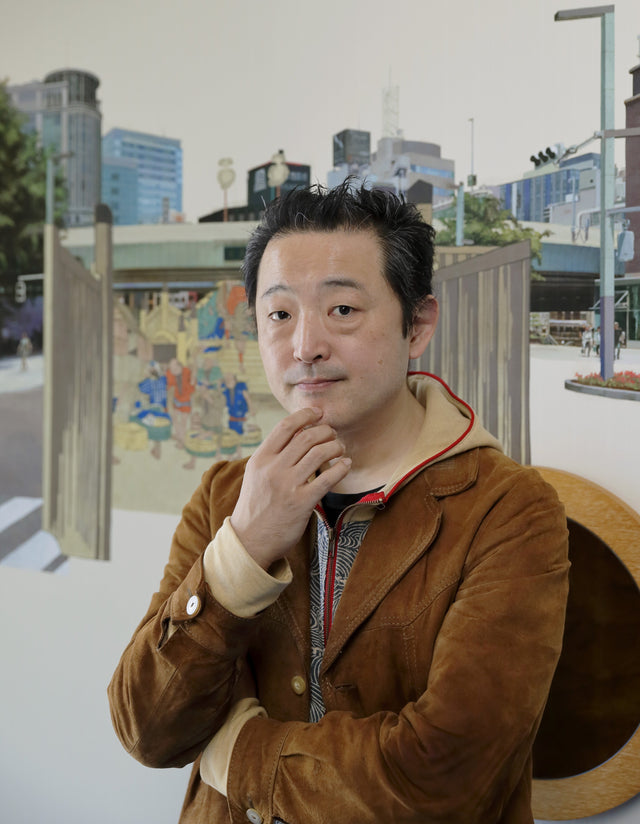Edo, Tokyo's predecessor, was already a city of millions in the eighteenth century. Therefore, Japanese cuisine undergoes a change to a modern style. At that time, the thriving publishing industry drove the townspeople's culture. Of course, board books and nishiki-e provide a glimpse of the food and trendy shops enjoyed by the people of Edo. I wonder how much the food they ate was similar to the food we enjoy today, and how far apart it was.
Invited by the writings and pictures of food left over from the Edo period, I sip on contemporary cuisine that follows that trend. On top of that, I draw them while thinking about Hiroshige, Kuniyoshi, Mima and others.
If you taste it with the materials, various fantasies come and go on the plate in front of you. How much time is layered behind the dishes. Using the abundant Edomae food as a source of capital, the vibrant economy promoted by the gigantic size of the city also distributes local specialties and various seasonings. In such towns, sushi, tempura, soba and eel have established the modern style. Every day, the dishes that are reborn when eaten. How have generations of craftsmen handed down their techniques to pass on the flavors, and how have the ever-changing trends and the inspiration of individual chefs changed it?
Even so. Japan is a unique and interesting country because the traditional scenery is inherited on the plate that should disappear as soon as you eat it, rather than the landscape that is the container of culture.
Furuka is Hidetaka
Sunaba Omori "Japanese soba" in large portions.
Production year: 2016
Size: 15.54×24
acrylic on canvas, wood panel
商品コード : 2020-11-141






